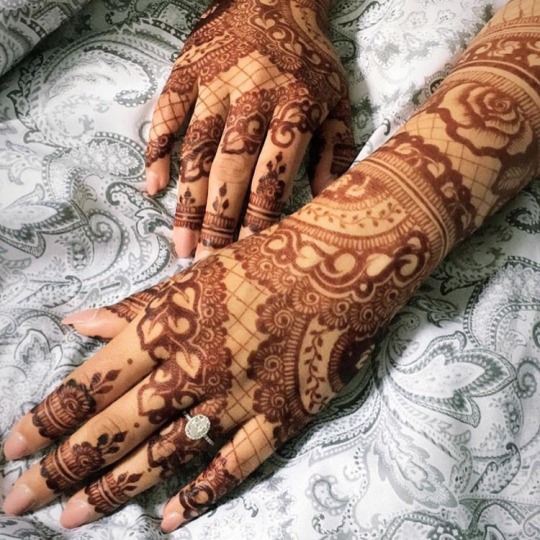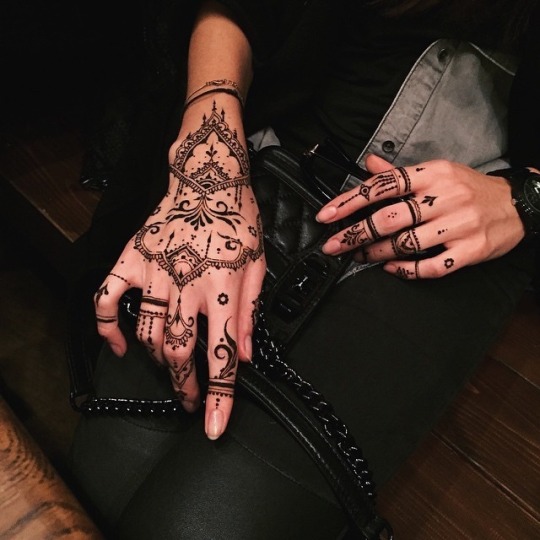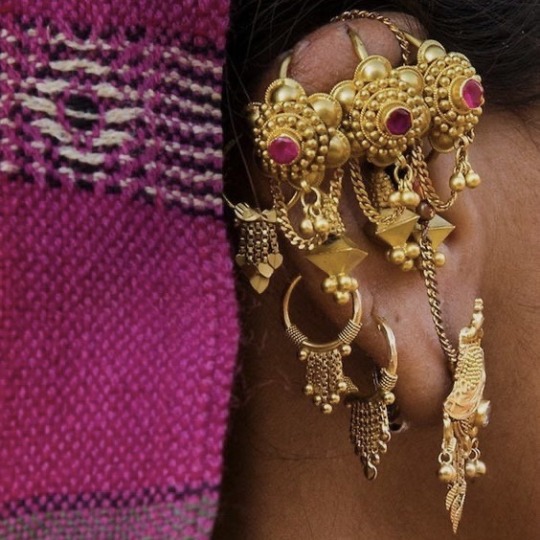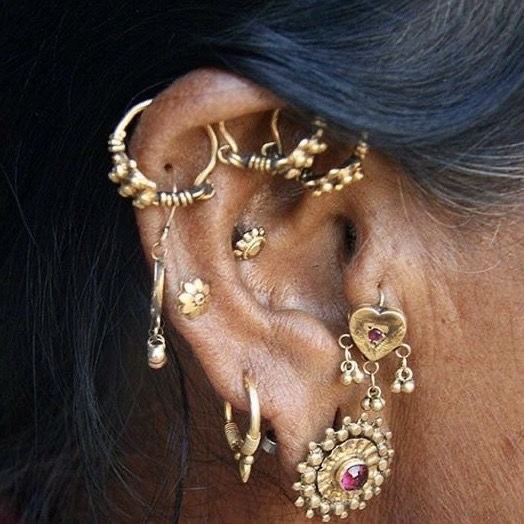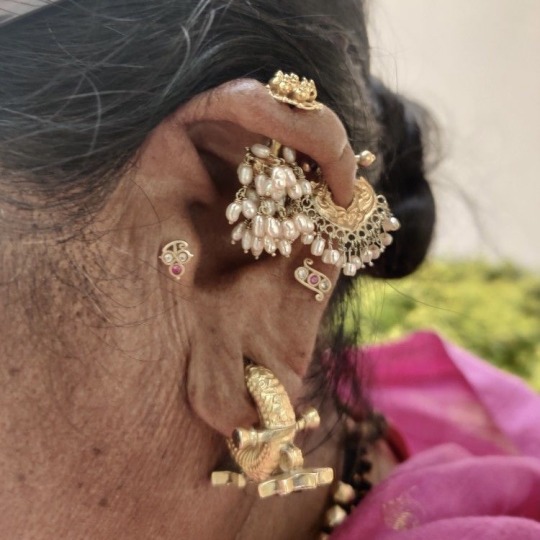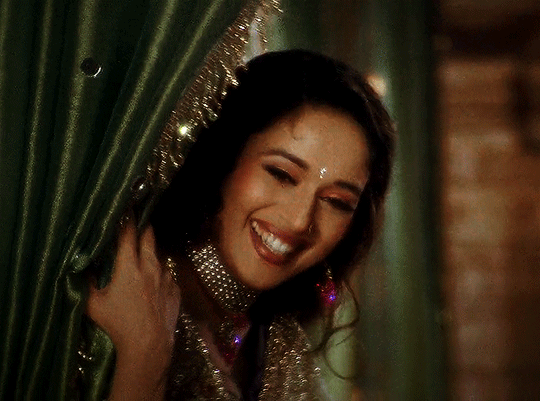Text
"raat gayi baat gayi" no bro raat gayi baat dil mein reh gayi
775 notes
·
View notes
Text
the sheer number of cheesy romantic bollywood songs in the wedding video of a desi arranged marriage is so funny to me i can't even-
492 notes
·
View notes
Text
feminine urge this masculine urge that.
what about the desi urge to gravitate towards the chaat stall at every mela??
423 notes
·
View notes
Text
desi culture is being late to everything except the airport.
VAHAN 5 ghante jaldi pohonchna hai
553 notes
·
View notes
Text
There are no enemies to lovers media in india cuz we had one a long time ago and us gaane pe aaj bhi log naagin dance karte hai
213 notes
·
View notes
Text
you can really tell which region a desi belongs to
golgappa: delhi ncr
pani puri: mumbai
ghupchup: bihar
puchka: kolkata
pani ke batashe: up
156 notes
·
View notes
Text
I love the way in our desi culture we have titles for every single person who is older or younger than us like instead of just calling them Mr/Ms or by their names we have different designated words. Like in Marathi culture, we have dada for brothers who are a older than us. Kaka and kaki for father's brother and his wife, Mama and mami for mother's brother and his wife. Tai for older sisters, bhaoji which I never understood for the longest time, atya which varies from choti atya to mothi atya for father's sisters and mavshi for mother's sisters and so on.
It's not only in Maharashtra but throughout India and other countries. Every single language spoken here has these titles.
Moreover the fact that it's considered disrespectful or should I say it's not possible for us to call someone through their names unless and until it's our friend or is someone younger than us like I find myself calling rickshaw drivers kaka or if he speaks Hindi I will say uncle. The vegetable seller who I called dada or bhaiya just because he is a year or two older than me. Or the our househelp who we call mavshi or orrr my dad calling the cycle wale uncle's son chotu.
#desi#desi tumblr#india#maharastra#desiblr#desi culture#desi tag#sorry for rambling#i find it amusing
4 notes
·
View notes
Photo

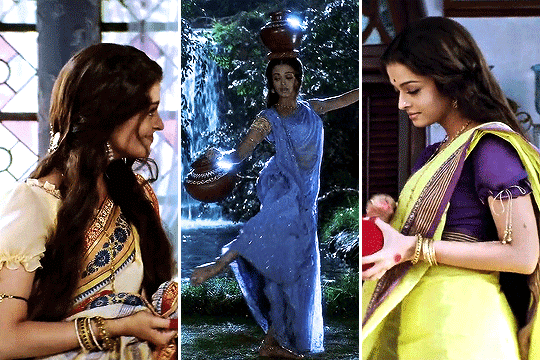


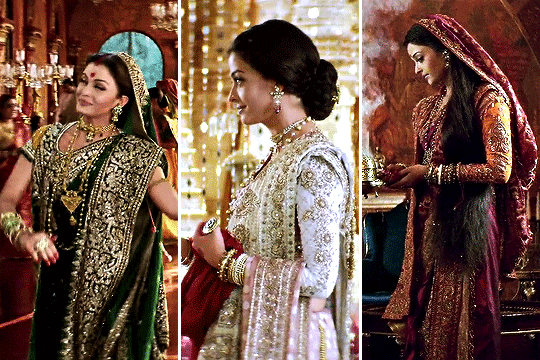

Every saree worn by Paro had a different style of draping. Designer Neeta Lulla and Bhansali went out shopping and came back with 600 sarees to create Paro’s looks. Usually, sarees are 6 metres long, but Paro’s were at least 8-9 metres to add that elegant effect. Even her costumes were worth lakhs.
Part 1. Aishwarya Rai Bachchan as Parvati
Costumes designed by Neeta Lulla
Devdas (2002) Dir. Sanjay Leela Bhansali
510 notes
·
View notes
Photo
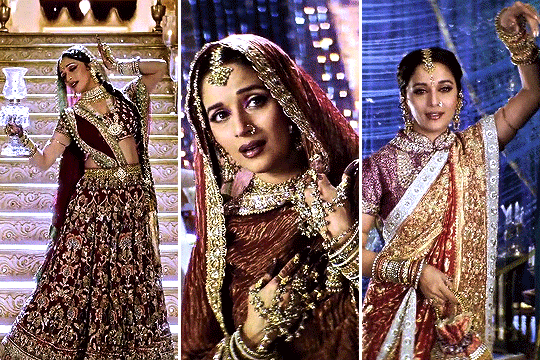
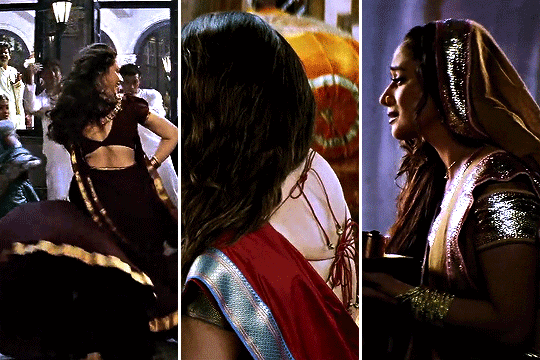


Every saree worn by Paro had a different style of draping. Designer Neeta Lulla and Bhansali went out shopping and came back with 600 sarees to create Paro’s looks. Usually, sarees are 6 metres long, but Paro’s were at least 8-9 metres to add that elegant effect. Even her costumes were worth lakhs.
Part 2. Madhuri Dixit as Chandramukhi
Costumes designed by Neeta Lulla
Devdas (2002) Dir. Sanjay Leela Bhansali
534 notes
·
View notes
Photo


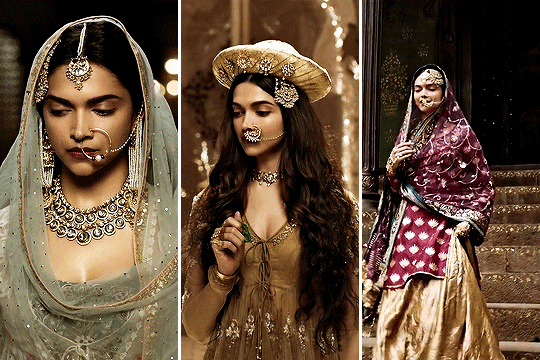

While designing costumes, it is a precarious situation to capture some of the more subtle personality traits that we would like to highlight while retaining the complexity and holistic view of the character. Of the three main characters, Bajirao, Kashibai and Mastani — who was the most difficult to design for?
Part 1. Deepika Padukone as Mastani
Costumes designed by Anju Modi
Bajirao Mastani (2015) Dir. Sanjay Leela Bhansali
632 notes
·
View notes
Photo
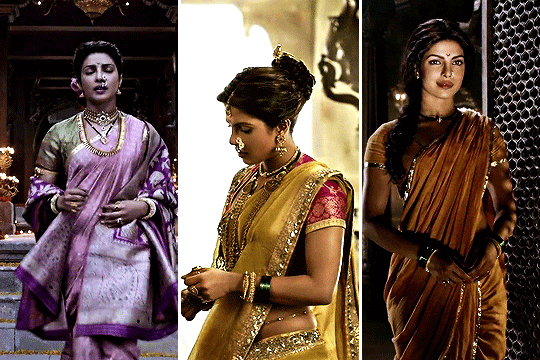

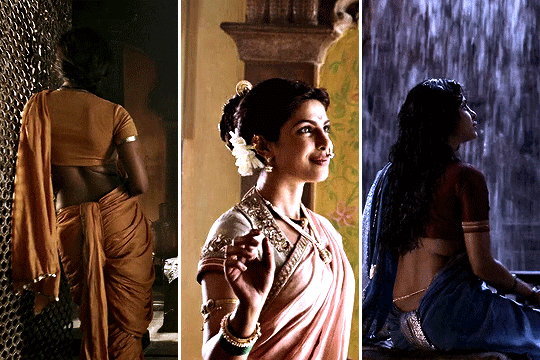


While designing costumes, it is a precarious situation to capture some of the more subtle personality traits that we would like to highlight while retaining the complexity and holistic view of the character. Of the three main characters, Bajirao, Kashibai and Mastani — who was the most difficult to design for?
Part 2. Priyanka Chopra Jonas as Kashibai
Costumes designed by Anju Modi
Bajirao Mastani (2015) Dir. Sanjay Leela Bhansali
370 notes
·
View notes
Text
Diwali: Pan-Indian in its Truest Sense!
One of the biggest festivals in India, Diwali knows no foundation of the North and South as it is celebrated with great zeal across the country. Diwali falls on the 15th day in the month of Kartik according to the Hindu calendar. Celebrated as a cumulation of various festivals spread over a period of five days, the rituals of Diwali take place on the third day.
The first day of the festivities is celebrated as Dhanteras. It is believed that on this day Lord Dhanwantari came out of the ocean and bestowed Ayurveda to mankind. The second day is celebrated as Choti Diwali/Narak Chaturdasi, the day when Lord Krishna killed the demon Narakasur. On the third day, Diwali rituals are fulfilled and Lakshmi Puja takes place. The puja is done to seek blessings for wealth and prosperity. The fourth day is celebrated as Govardhan puja, attributed to Lord Krishna. The fifth day is dedicated to all sisters as it is Bhai Dooj. It is believed that Lord Yama visited his sister Yamuna on this day and granted her a boon that whosoever visits her banks on this day will be liberated from all of their sins.
The legend behind the culmination of the festival is well-known in the entire region of India. Diwali is associated with the return of Lord Ram to Ayodhya after vanquishing the demon king, Raavan. It is said that the entire city of Ayodhya was lit up with candles and diyas, so much so that the night appeared to be as bright as day. The tradition of lighting diyas roots in the same legend. The festival is also associated with Goddess Lakshmi’s marriage to Lord Vishnu and also Lakshmi’s birth. Diwali also signifies the harvest festival. As it occurs at the end of a cropping season, it is also believed that Diwali originated as a harvest festival. Following the same notion, many households in urban and rural areas prepare the dish of Poha from freshly cropped rice.
Although the zest of Diwali is unsurmountable and is perhaps one of the most awaited festivals in the country, the rituals differ from region to region. While gurudwaras in Punjab are lit up with candles and fairy lights even though Sikhs are not directly a part of this festival, Goddess Kali is worshipped in Bengal. In Eastern India, in addition to diya and candle lighting, doors are kept open by people to allow entry to Goddess Lakshmi. Western Indian regions mainly associate Diwali with business and trade and the time is considered auspicious to invest in new ventures, land and businesses. In Gujarat, a diya is left burning for the entire night and in the morning the residual material is collected to make kajal and is used by women, which signifies prosperity for a whole year. In Tamil Nadu, Naraka Chaturdasi is the main day of celebration, where the oven is cleaned, smeared with lime, and religious symbols are drawn on it, filled with water, and used on the main day for an oil bath. There is a musical act of Hari performed in Andhra Pradesh where there is a common belief that Krishna’s spouse, Satyabhama actually killed Narakasur.
The varied interpretation of the same festival across different states provides a detailed insight into the diversity contained in India. People from different regions, communities, religions, and classes celebrate this festival to the best of their abilities is further proof that Diwali is not restricted to one section of society. The handicraft market booms around this time as diyas, decorative items, and firecrackers (although hazardous) sell like hotcakes, providing employment and some financial stability to the families involved in the same.
- Ananya.




66 notes
·
View notes
Text
i ♥️ you diwali i ♥️ you diyas i ♥️ you festive joy and cheer and the genuine believe that it builds inside us that eventually everything will be alright i i ♥️ you candles i ♥️ you fairy lights trying to reach the ground from roofs above i ♥️ you kaju katli i ♥️ diwali chill which makes the nights beautiful i ♥️ you rangoli i ♥️ you marigold flowers and garlands i ♥️ you the smell of happiness <3
98 notes
·
View notes





